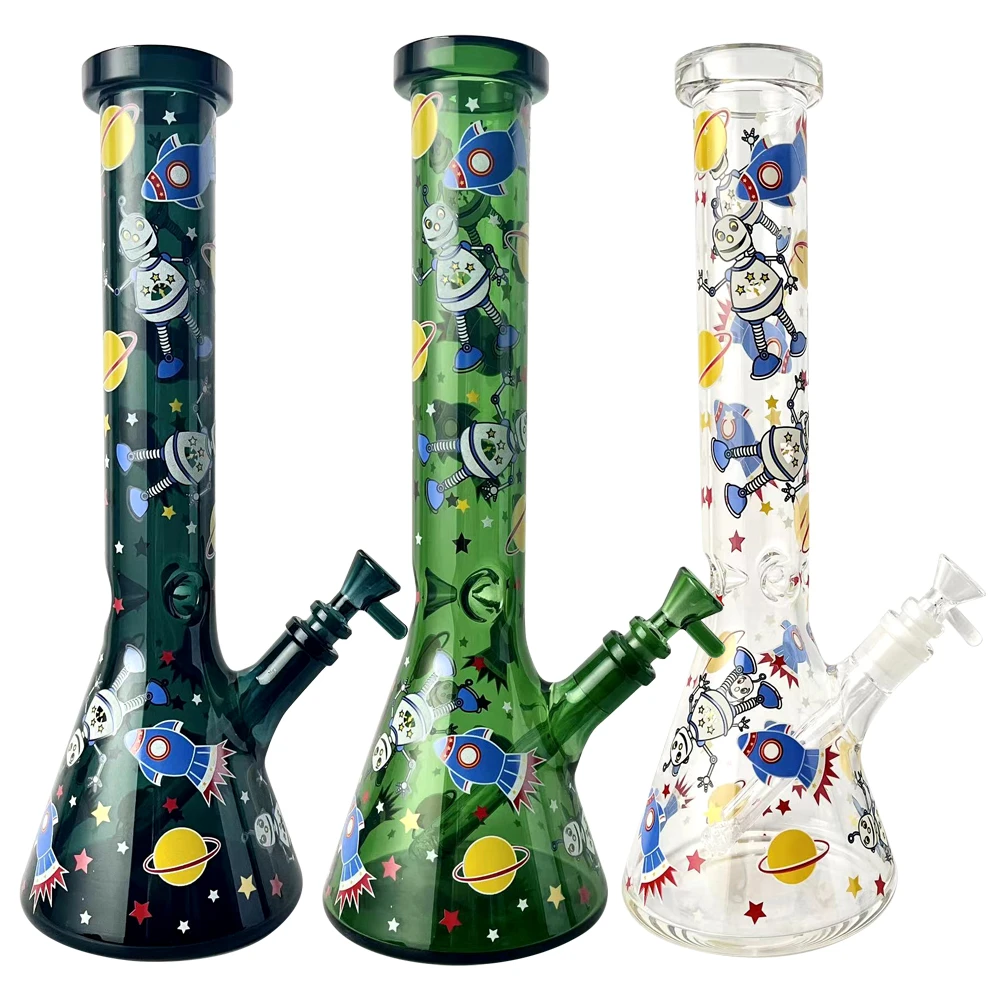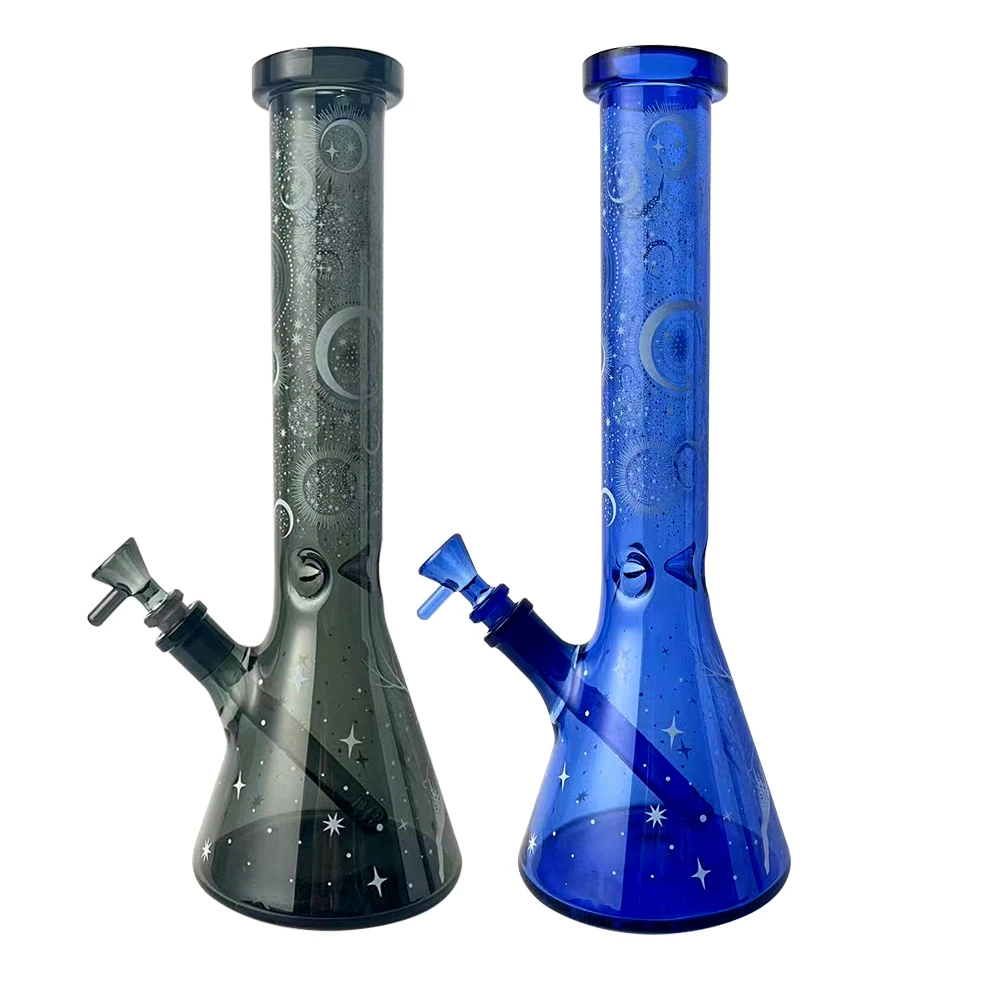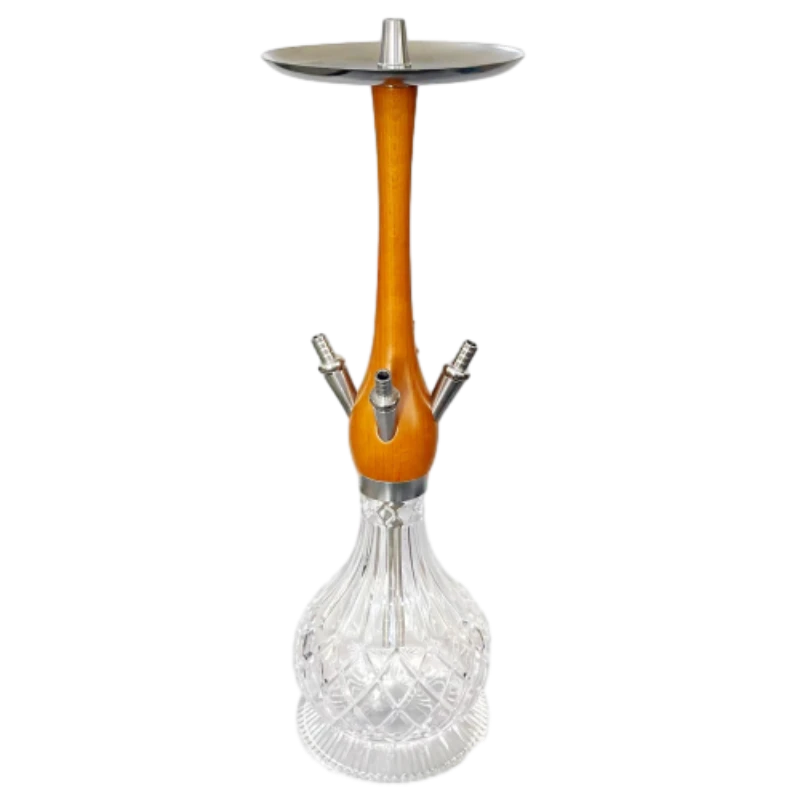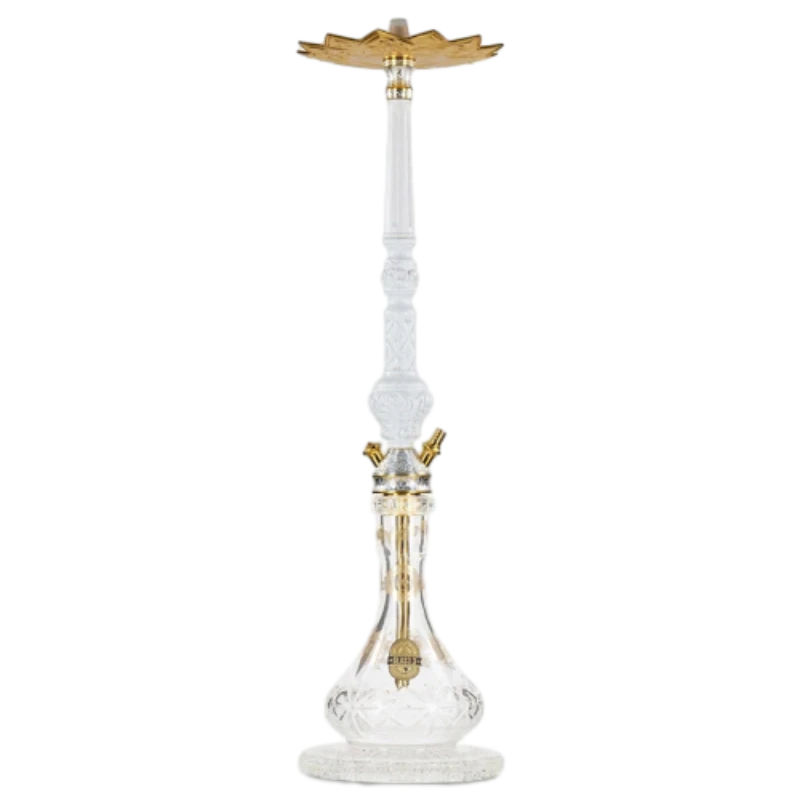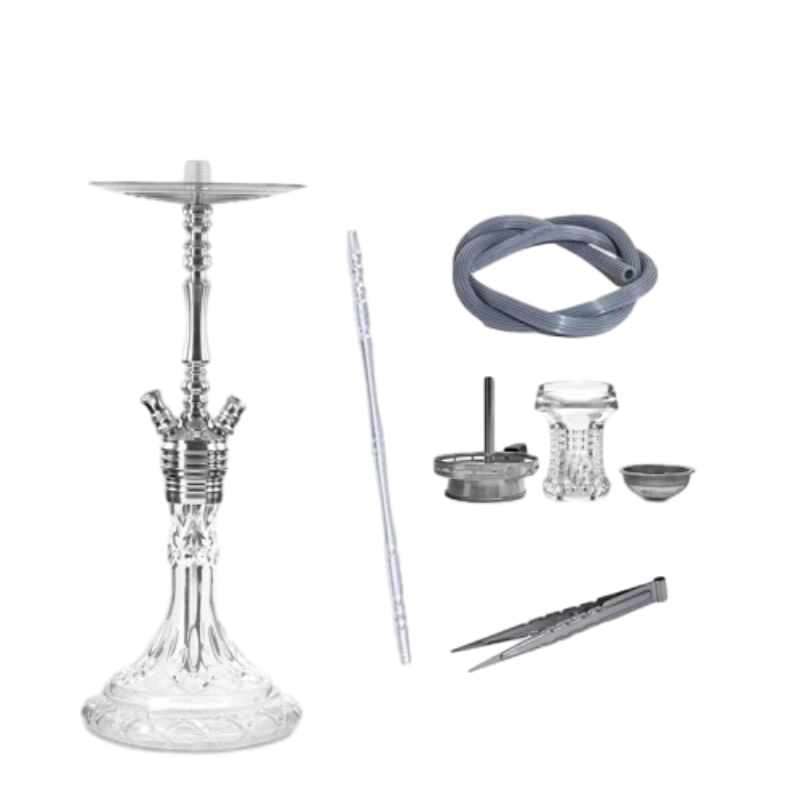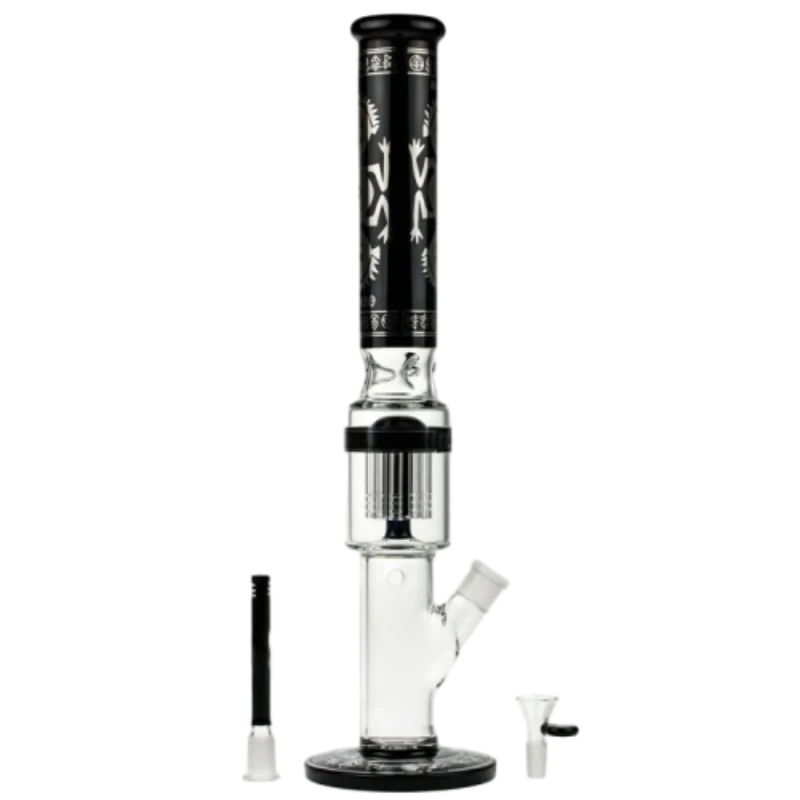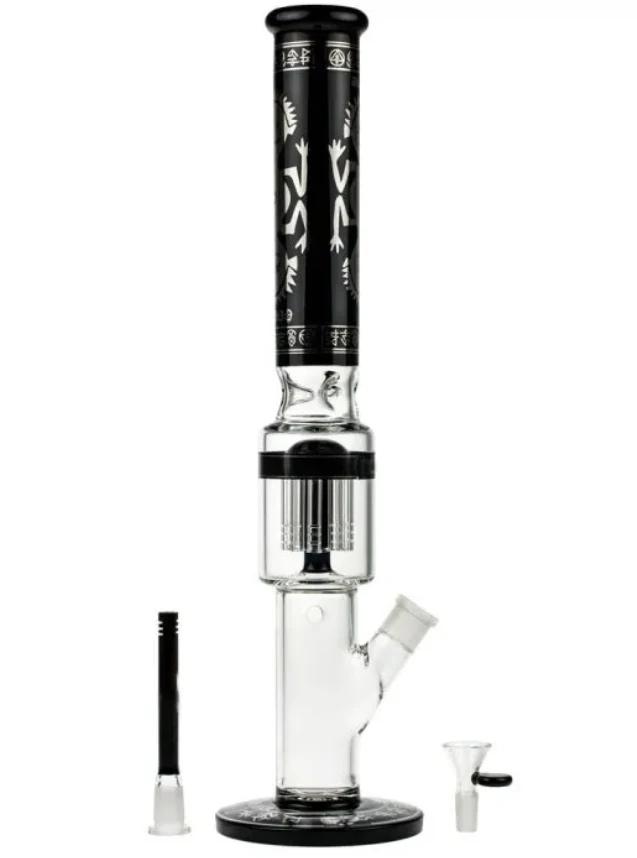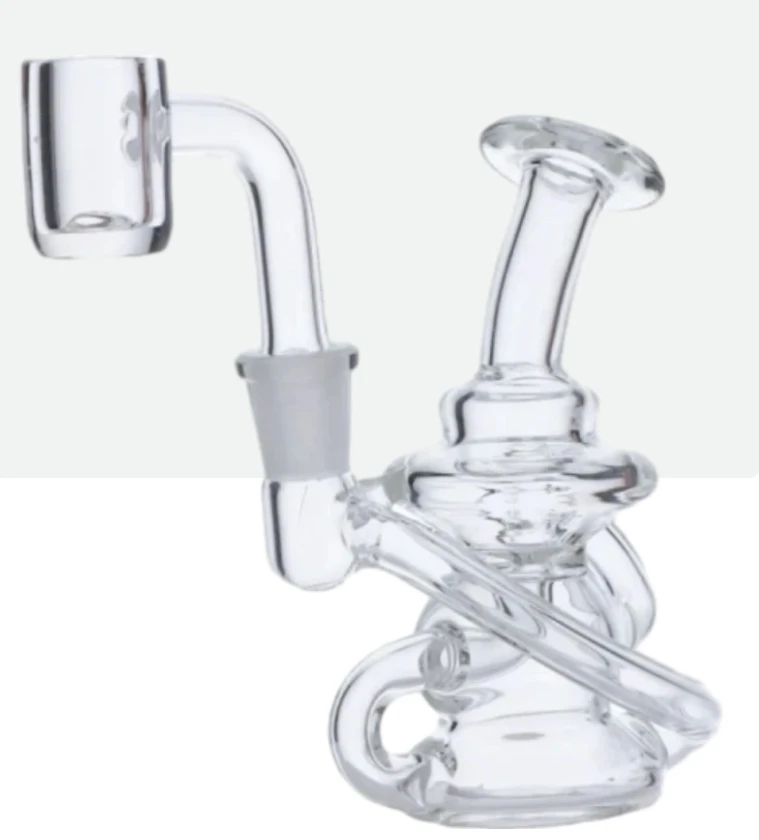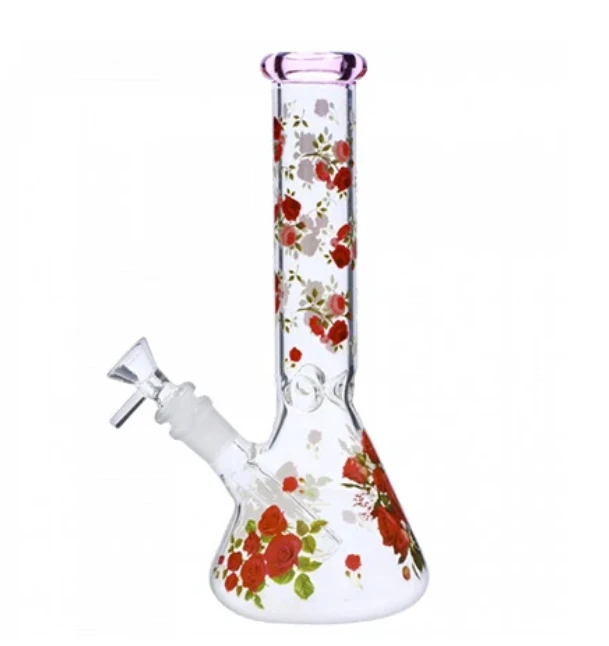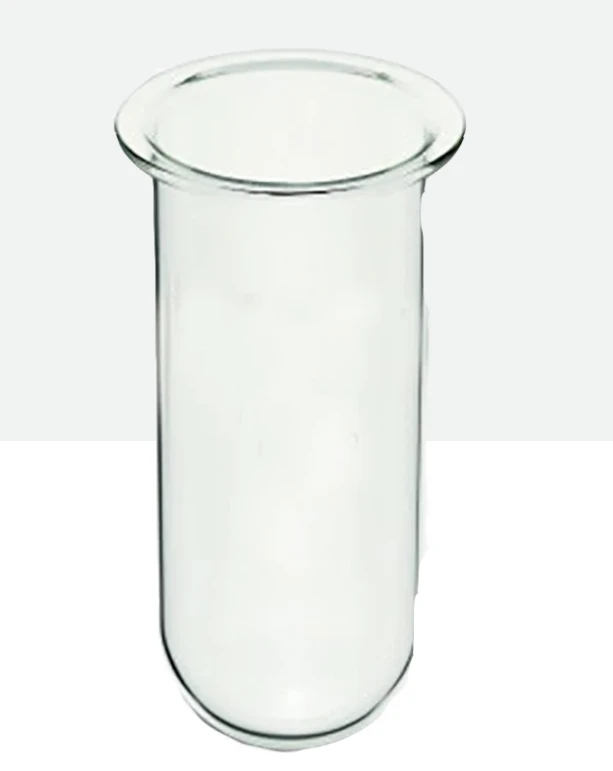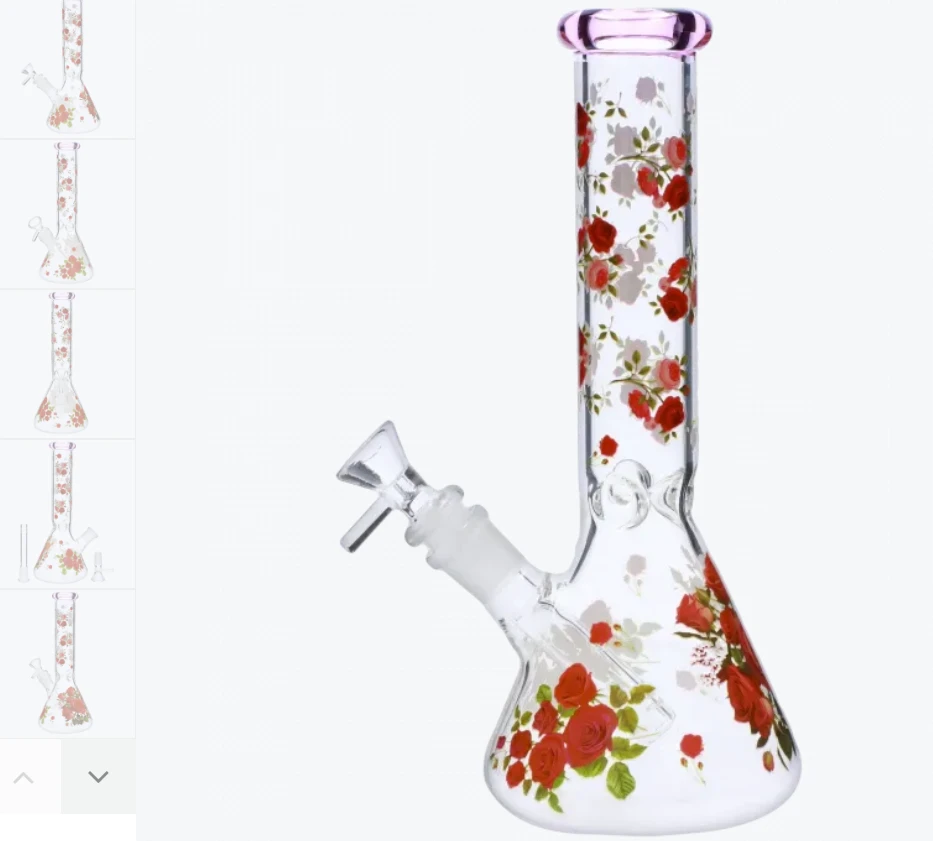- Market Growth and Key Statistics of Straight Tube Bongs
- Technical Superiority of Inline Percolator Systems
- Leading Manufacturer Comparison: Performance Analysis
- Customization Options for Specialized User Needs
- Material Innovations: Borosilicate vs. Scientific Glass
- Real-World Application Case Studies
- Future-Proof Investment for Cannabis Consumers
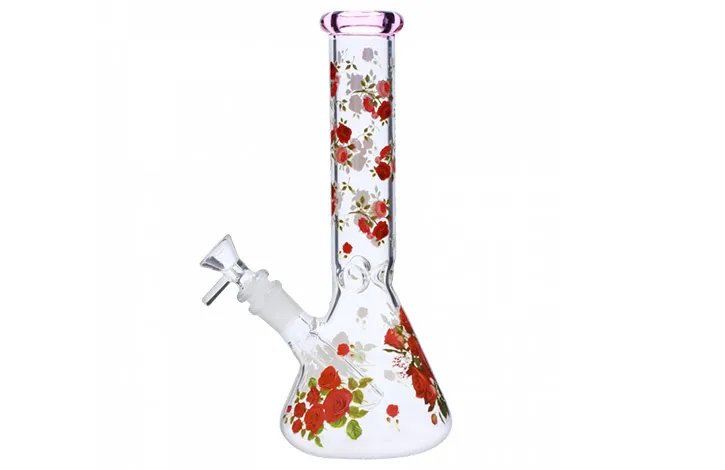
(inline straight tube bongs)
Why Inline Straight Tube Bongs Are Revolutionizing Smoking Experiences
Recent market analysis reveals specialty glass shops report 34% year-over-year sales growth for inline diffusion systems. Unlike traditional bongs, inline straight tube designs feature horizontally positioned percolators that create superior bubble dispersion. Industry leader Grav Labs attributes 68% of their premium bong sales to this technology. Medical cannabis patients particularly benefit from the reduced particulate inhalation - University of Colorado studies show 42% less throat irritation compared to standard downstems. This foundational innovation balances diffusion efficiency with straightforward cleaning access.
Core Performance Advantages Explained
The inline perc's fundamental advantage lies in its optimized diffusion pathway. Whereas tree percs force vertical water travel, inline systems create laminar horizontal airflow that increases smoke-water contact time by 60-70%. This translates to dramatically cooled vapor at lower water levels. Scientific glassblowers achieve this through precisely angled diffusion slits cut at 15-30 degree angles - a technique requiring specialized laser equipment. Testing confirms inline designs maintain 95% filtration efficacy even with viscous extracts that clog traditional percs after 8-10 uses.
Manufacturer Performance Comparison
| Brand | Diffusion Slits | Base Thickness | Ice Pinches | Heat Resistance | Avg. Lifespan |
|---|---|---|---|---|---|
| US Tubes | 28-32 micro slits | 7mm | Double | 560°C | 7+ years |
| Illadelph | 24 laser-cut | 5mm | Single | 520°C | 5 years |
| Cheap China Glass | 10-15 stamped | 3mm | None | 380°C | <18 months |
Tailored Customization Framework
Specialty retailers report 55% of premium bong sales now involve customization. For medical users, we implement 18mm ground joints with glycerin coil attachments that reduce vapor temperature an additional 40%. Concentrate enthusiasts frequently choose built-in quartz bangers angled at 45 degrees for optimal vaporization. Height variations prove critical - our data shows 16" tubes suit 74% of users, while 22"+ configurations prevent neck strain for customers over 6' tall. All custom pieces undergo pressure testing at 3PSI above industry standards.
Material Science Breakdown
Borosilicate (Pyrex) remains the industry standard, but few consumers understand the gradations. Premium manufacturers use Schott Tubing with 33% higher thermal shock resistance than Chinese imports. Scientific-grade glass incorporates 13-15% boron oxide content - chemical analysis reveals this composition prevents leaching better than soda-lime alternatives. Crucially, legitimate lab-grade glass includes certification numbers etched below the joint (e.g., ASTM E438 Type I). This verifiable quality reduces breakage rates to under 3% versus 27% for uncertified pieces.
Implementation Scenarios and Outcomes
Portland dispensary "Herbary" replaced 80% of their demo bongs with inline straight tubes, reporting back:
"Customer conversion jumped 41% after switching display units. First-time buyers particularly appreciate the visual clarity of inline percs - they can see exactly how filtration works before purchasing."
Meanwhile, concentrate specialist Denver Glass Co. documented 63% fewer clogged returns after implementing inline systems with enlarged 10mm joint connections. The most impressive results came from Michigan medical cooperative patients - 89% reported decreased coughing frequency when using inline designs with ice catchers.
Long-Term Value of Inline Straight Tube Bong Ownership
Investment analysis shows premium inline straight tube bongs
deliver superior ROI. While entry-level pieces average $40-60, high-grade inline perc straight tube bongs maintain 65-80% resale value after 3 years versus 20-30% for conventional designs. More importantly, the reduced maintenance requirements translate to long-term savings - medical users spend 47% less on cleaning solutions annually. As concentrate markets expand, these forward-compatible designs accept all modern accessories without adapters. Industry projections indicate inline straight tube bongs will dominate 60% of the premium market by 2026 as manufacturers increasingly standardize joint sizes and percolation patterns.
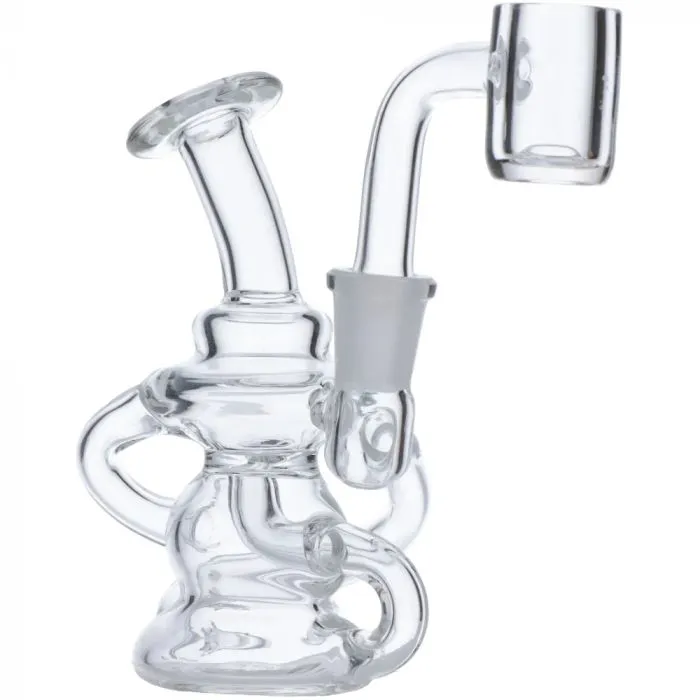
(inline straight tube bongs)
FAQS on inline straight tube bongs
Q: What is an inline straight tube bong?
A: An inline straight tube bong is a water pipe featuring a vertical main chamber and a horizontal inline percolator near its base. This design forces smoke through multiple slits for superior diffusion. It combines sleek minimalism with efficient smoke filtration.
Q: How does an inline perc improve a straight tube bong?
A: The inline percolator creates dense bubbles by diffusing smoke through horizontal slits submerged in water. This maximizes water contact for smoother hits than standard downstems. Less drag and cooler vapor result from this perc design.
Q: Are inline straight tube bongs easy to clean?
A: Yes, their straightforward cylindrical shape lacks complex angles for simple access. Use isopropyl alcohol and coarse salt for resin removal in the straight glass path. The inline perc's horizontal slits may need pipe cleaners for deep scrubbing.
Q: Why choose an inline straight tube over other bong styles?
A: It delivers intense flavor preservation with minimal diffusion paths. The vertical chamber allows visible smoke stacking for controlled hits. Slim profiles offer sturdy stability during use compared to beaker bases.
Q: How should I use an inline perc straight tube bong?
A: Fill water just above the inline perc's slits without flooding the downstem. Inhale steadily to agitate the percolator for optimal bubbling. Empty water after sessions to prevent stagnant buildup in the straight tube.








